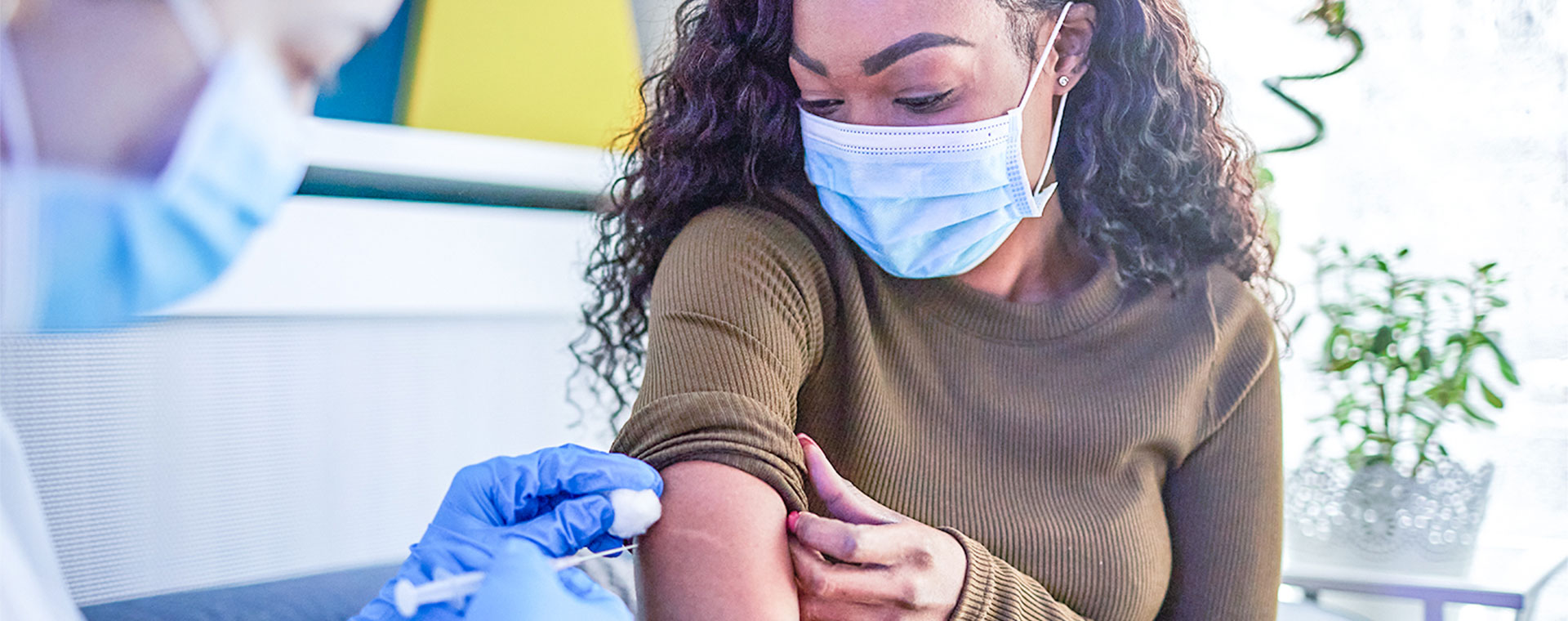
Approaches to alleviating subcutaneous pain at injection sites, a study
Subcutaneous (SC) injection, a method of administering medication into the tissue layer between the skin and the muscle, is a viable option for patients requiring frequent treatments because the medication can be administered by the patient outside of a health care setting.
While SC injection has numerous benefits, one potential drawback is that it may cause pain at the injection site. This may be caused by different factors, including buffer type, pH, temperature, viscosity, injection volume, tonicity, individual experience, speed of injection, needle size, anatomical region and formulation.
Unfortunately, associated injection-site pain is a leading cause of patient noncompliance.
Biopharmaceuticals intended for SC injection are commonly formulated at acidic pH with a variety of stabilizing agents. A typical composition includes buffers (e.g., citrate, histidine, phosphate, acetate), tonicity adjusting agents (e.g., dextrose, glycerol, sodium chloride), antimicrobial preservatives (e.g., m-Cresol, phenol, benzyl alcohol) and stabilizers (e.g. salt, amines, buffers.) Viscosity-reducing agents like arginine, histidine and polysorbate are also commonly used.
Formulation plays an important role in controlling pain at the injection site. For example, a histidine buffer is known to be less prone to cause pain upon injection compared to a phosphate and citrate buffer.
In a peer reviewed paper about alleviating subcutaneous injection-site pain with citrate formulations, Arvind Srivastava, Technical Fellow; Ger Brophy, EVP, Biopharma Production Solutions and Meera Agarkhed, former Sr. Manager, Technology and Innovation discuss how formulations containing citrate compare to other buffers in reducing SC injection-site pain. They then look at ways formulators can use a formulation and excipients selection strategy to mitigate the risk of injection-site pain due to buffer, pH, and viscosity.
Read the full paper and the team’s observations and conclusions
Authors

Dr. Ger Brophy
Executive Vice President, Biopharma Production
Dr. Ger Brophy is our Executive Vice President, Biopharma Production. In his current role, Dr. Brophy is responsible for developing and implementing our Biopharma Production offering to support the current and future needs of our customers. Prior to joining Avantor, Dr. Brophy held a variety of research and development, strategy, advanced systems, and business development positions with GE Healthcare Life Sciences, GE Healthcare Medical Diagnostics and Amersham for nearly 30 years. Dr. Brophy earned a Bachelor of Science in biotechnology, as well as a doctorate in molecular biology from Dublin City University in Ireland.

Arvind Srivastava, Ph.D.
Technical Fellow, Research - Bioprocessing
Dr. Arvind Srivastava was a Vice President at Avantor, leading contract development and manufacturing organization (CDMO). Before joining Avantor, Dr. Srivastava was Research Advisor at Eli Lilly and Company, where he managed drug product development from early development stage through commercial registration. Dr. Srivastava did his postdoctoral training from the University of North Carolina at Chapel Hill, NC, USA. He got his Ph.D. degree in biochemistry from the prestigious Tata Institute of Fundamental Research (TIFR) and M.S. in chemistry from the Banaras Hindu University (BHU). Dr. Srivastava has published numerous papers in international journals and has been frequently invited to present his research at the national and international conferences.



